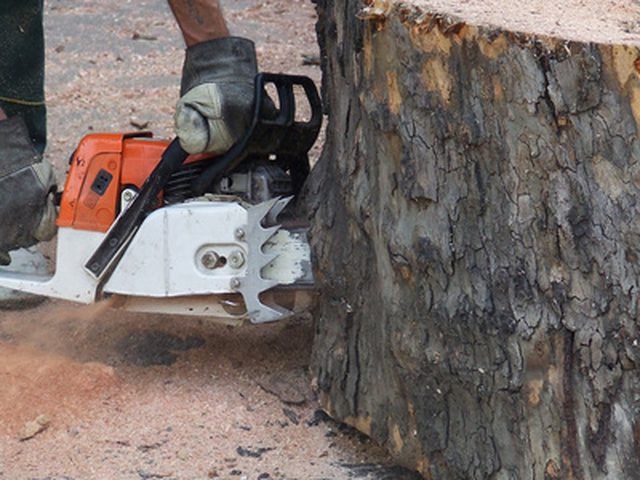Bulbs
Flower Basics
Flower Beds & Specialty Gardens
Flower Garden
Garden Furniture
Garden Gnomes
Garden Seeds
Garden Sheds
Garden Statues
Garden Tools & Supplies
Gardening Basics
Green & Organic
Groundcovers & Vines
Growing Annuals
Growing Basil
Growing Beans
Growing Berries
Growing Blueberries
Growing Cactus
Growing Corn
Growing Cotton
Growing Edibles
Growing Flowers
Growing Garlic
Growing Grapes
Growing Grass
Growing Herbs
Growing Jasmine
Growing Mint
Growing Mushrooms
Orchids
Growing Peanuts
Growing Perennials
Growing Plants
Growing Rosemary
Growing Roses
Growing Strawberries
Growing Sunflowers
Growing Thyme
Growing Tomatoes
Growing Tulips
Growing Vegetables
Herb Basics
Herb Garden
Indoor Growing
Landscaping Basics
Landscaping Patios
Landscaping Plants
Landscaping Shrubs
Landscaping Trees
Landscaping Walks & Pathways
Lawn Basics
Lawn Maintenance
Lawn Mowers
Lawn Ornaments
Lawn Planting
Lawn Tools
Outdoor Growing
Overall Landscape Planning
Pests, Weeds & Problems
Plant Basics
Rock Garden
Rose Garden
Shrubs
Soil
Specialty Gardens
Trees
Vegetable Garden
Yard Maintenance
Why Is My Stihl Chainsaw Hard to Start?
Why Is My Stihl Chainsaw Hard to Start?. Stihl chainsaws, like most two-cycle gas engines, take only three things to operate: spark, compression and fuel. Hard or erratic starts are likely attributed to one of those things. As any small engine ages, parts will break down in conjunction with other parts in that same system. So, to find and fix the...

Stihl chainsaws, like most two-cycle gas engines, take only three things to operate: spark, compression and fuel. Hard or erratic starts are likely attributed to one of those things. As any small engine ages, parts will break down in conjunction with other parts in that same system. So, to find and fix the misfiring parts will involve a test of the entire system.
Spark Test
The simple wiring in the ignition system, the flywheel and the starter work together to ensure the proper timing when you pull on the starter cord. When experiencing hard starts, you can disconnect the spark plug and spark plug wire from the spark plug hole. Hold them about an inch away from a solid metal point on the engine block next to the spark plug hole. Try pulling the starter cord a few times. There should be a spark across the two metal points. If it is weak or non-existent with a new spark plug attached, you have a problem farther into the electrical system.
Ignition Wiring
The ignition wiring that runs from the ignition module to the "On/Off" switch can get kinked, ripped out or prematurely grounded on a metal spot somewhere between the module and the switch. If you're still experiencing spark problems during starting, disconnect the short circuit wire on the switch and repeat the spark test. If you see a spark, then you have a defective ignition switch.
Ignition System
If you don't have a spark, you should check for any damage in the ignition module assembly, including the high tension lead connector. If you're still having troubles, move farther down the line until you get to the flywheel, the flywheel key, the starter, coil and magneto gap. You should test the starter's coil and the magneto gap for proper charge.
Compression System
When experiencing hard starts, immediately remove the air filter and spark arrestor screen from the engine and clean them thoroughly. Your Stihl engine needs to breath, and if it can't suck air or vent exhaust properly, you can experience a lot of difficulty in starting. If your engine is low on compression, you can use an engine pressure gauge to test the compression level. If your engine can't hold compression, look for cracks, loose seals and any damage all the way up the exhaust port, into the piston and the cylinder around it.
Fuel System
If the chainsaw is having trouble getting, mixing or delivering fuel, then you will experience starting trouble. Start with the fuel tank and inspect your way to the carburetor, checking the line for any dirt, cracks or kinks in the fuel line that could be choking the carburetor. If the carburetor is getting fuel, you should check and clean any filters and the inlet and outlet valves for any clogs. It might be necessary to disassemble and clean the entire carburetor if you continue to have fuel delivery problems. After you cleaned the carburetor you can install an aftermarket kit that will help reduce old carburetor problems.